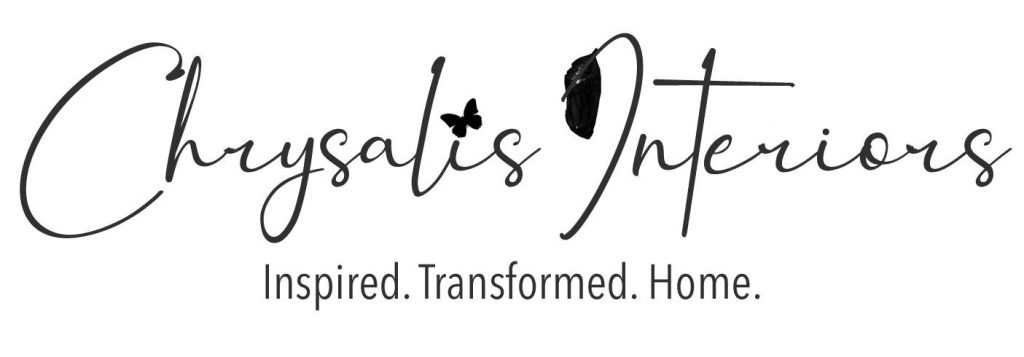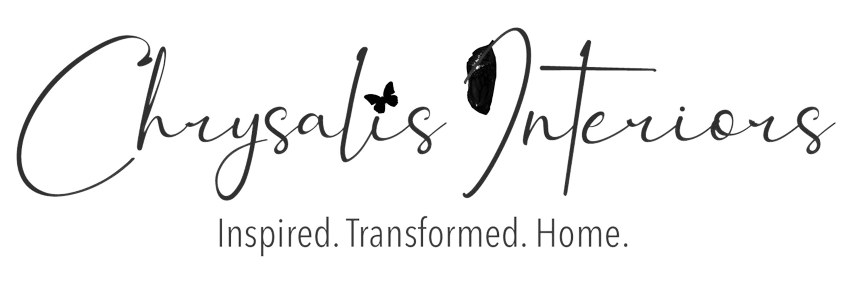How to Create the Best Chatbot Design in 2021 12-Step Process
You can train the bot on what to do, set conditions to select which option, and proceed further. Botsociety supports a multi-modal experience that allows you to design for multiple devices at the same time. When designing for multi-modal experiences, you can define your experience change across different devices. The Botsociety interface is also pretty simple and straightforward, even for a newbie to the platform. It shows a preview device model placed between two buttons, “BOT SAYS” and “USER SAYS”.
Chatbots are becoming more popular as a way to provide fast and efficient customer service. But how can you design a chatbot that meets your customers’ needs and expectations? Live chat and chatbot are two great communication channels for real time engagement with customers. By understanding the pros and cons of chatbots and live chat will provide better insights on which is the ideal fit for your business.
Identify the purpose and scope of the chatbot
Advancements in AI and NLP technology are making chatbots more sophisticated and capable of understanding and responding to human language. This includes advancements in machine learning, deep learning, and neural networks. Continuous improvement of the chatbot is important to ensure that it remains relevant and effective in meeting user needs. This involves regularly gathering feedback from users, either through surveys or analyzing chat logs, to identify areas for improvement. Based on this feedback, updates can be made to the chatbot’s responses, NLP algorithms, or user interface. Monitoring and analyzing chatbot performance can help identify areas for improvement and ensure the chatbot is meeting the needs of customers.
- The easiest way to set up a chatbot project is to start small and develop it according to a structured schedule.
- The visual flow helps to see contextual paths and is easy to use.
- Those users who are visually impaired or have limited mobility can use voice to navigate through the chatbot and enjoy the benefit.
- This also means added complexity, uncertainty and increased chances of error at each step.
- Performance metrics to monitor can include user engagement, conversion rates, and user satisfaction.
- They demand self-service alternatives, tailored encounters, and a smooth transition from digital to live agents.
You need to plan what the chatbot will say if it doesn’t understand the user. Long answers make it seem like you’re talking at people, not with them. And provide varied responses to better imitate human conversations. Performance metrics should also be regularly monitored to identify any issues or opportunities for improvement.
Understand your Chatbot’s Environment
If possible, it’s convenient to hyperlink the use case or requirement from the flow. So for accuracy and ease of reference, when labelling each flow, include the ID of the requirement that flow implements. This allows the flow to be referenced from elsewhere in the diagram or during review with the team and stakeholders. Without a legend, readers may spend time puzzling over why one box is shaded and another one is clear. Even if it’s just a few extra seconds here and there, it’s a barrier to comprehension which can impact their overall reaction to the design.
Take a look at your most recent text messages with a friend or colleague. Chances are you’ll find that you often don’t send one long message to make your point, but multiple short ones that complete your thought when put together. For instance, see how a sentence is pieced together by the four bubbles in the screenshot below. Pick a ready to use chatbot template and customise it as per your needs.
Designing chatbots
Read more about https://www.metadialog.com/ here.

